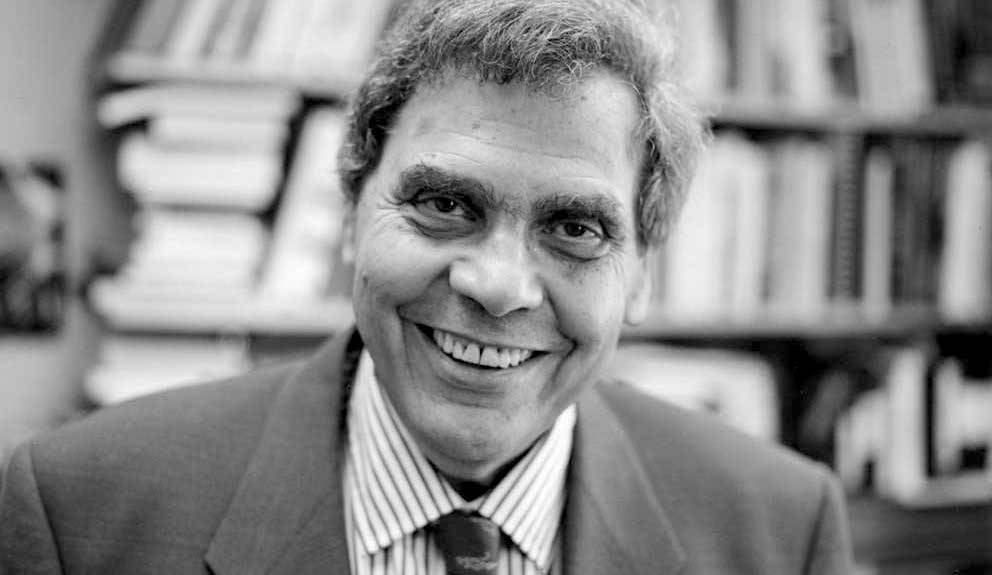I’m listening to Klaus Schulze and he’s really good at creepy ambient stuff.
I feel like, had technology been around to allow the production of this sort of music, it would have been perfectly on-time 50 years earlier. That’s a mismatch between the artistic aspiration and the faculties of the time to meet the requirements. Maybe painting and stage-play was then at where this music arrives later.
We have to consider the time-fractured sensorium, owing technological disparities, as a player in the defeat over the holistic human individual and their own coherent emotional expression. This is the trauma of the bomb, and the post-war ear.
Jackhammers and machines created Jazz with all its discontinuities out of environmental impetus. Le Corbusier called the staggered skyline of Manhattan “hot jazz in stone.” But perhaps ambient music was something ideal to counteract all …


